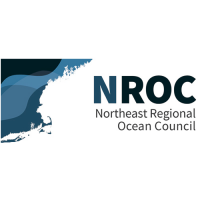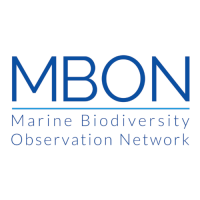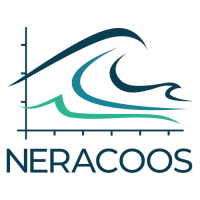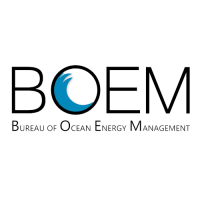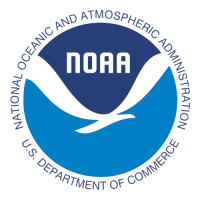Projects
The ISMN, Marine Biodiversity Observation Network, and Centers for Analysis, Prediction and Evaluation
What the ISMN is working on right now
The ISMN is a “network of networks” operating in the Northeast in an effort to unify a broad array of regional monitoring/observing efforts. Currently, the ISMN’s primary project is to participate as the Gulf of Maine representative in the Marine Biodiversity Observation Network (MBON), which is a broader effort encompassing sentinel sites around the globe.
As additional projects are added to the ISMN portfolio, we will share details and outputs here.
The ISMN has the facility to engage experts to focus on analysis and interpretation of observing data. A CAPE may comprise experts from universities, research institutions, governments, NGOs or industry who will be based at their home institutions and work in teams, meeting periodically both virtually and at physical locations. Membership and themes for the CAPE may be sustained over several years or vary annually and may consist of one or a small number of experts or a gathering of a larger number of experts for a synthesis workshop.
For example, a CAPE comprising three regional experts is presently analyzing observing data sets of abundance of zooplankton, collected by NOAA and MBON, to develop spatial maps and predictions of change of the key species, particularly the energy-rich copepod, Calanus finmarchicusThis analysis contributes to NOAA’s assessments of foraging habitat of the endangered North Atlantic right whale and to the prediction of feeding conditions for fish and whales in the Stellwagen Bank National Marine Sanctuary. Future CAPES will address synthesis and interpretation of observing data from nearshore and estuarine and coastal ocean habitats as funds become available.
Results from CAPE analyses will be shared here, and any associated datasets will be made available on the Data page.

